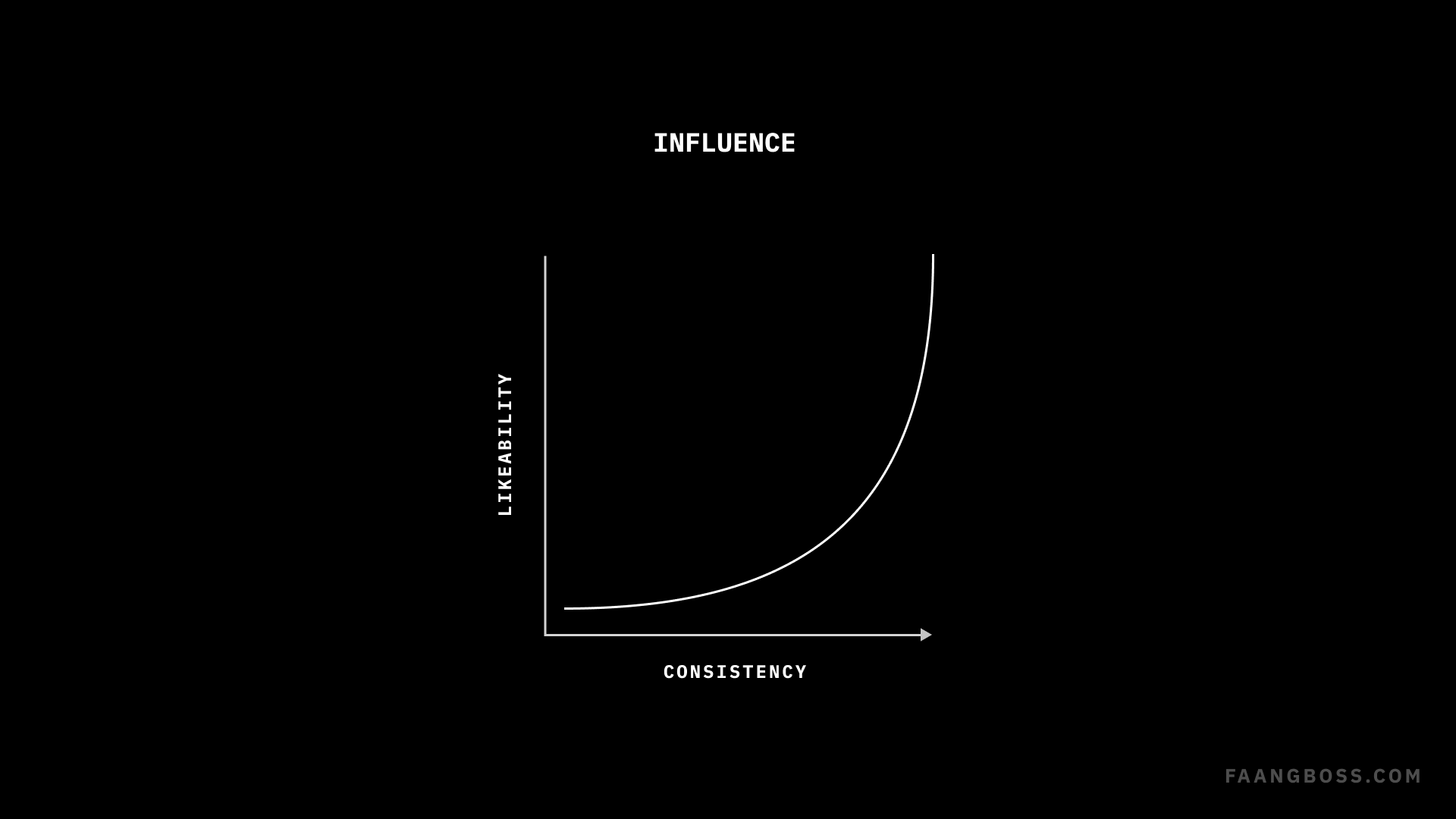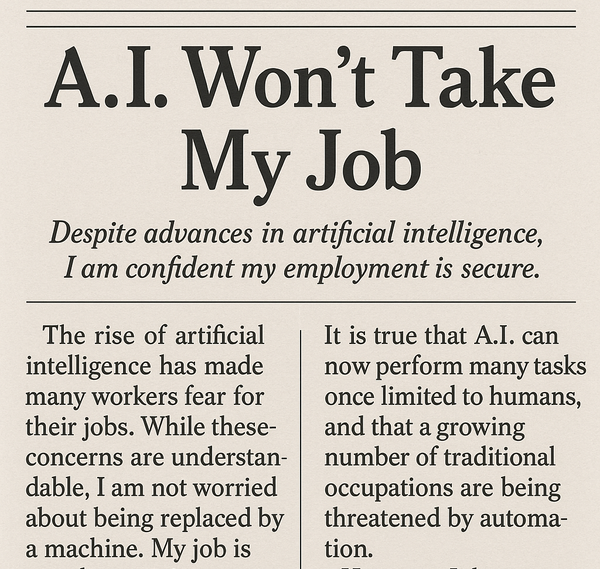How to build trust, consensus, and influence
6 tips on increasing influence.

In the first three months at Amazon, I worked to align and build consensus with stakeholders from two organizations toward a single system. After I presented facts and figures to leadership, I thought the direction would be resolved.
It became a 6-month hot debate.
All the options were difficult to adopt due to a lack of scalability and customization. "Influence" became a critical dimension for leadership to assess a team's ability to coordinate, build, and ship cross-organizations. We should "eat our own dog food" and multiply the impact on our work.





